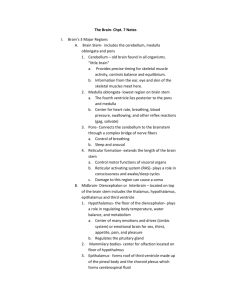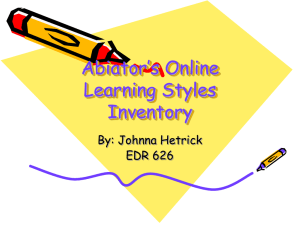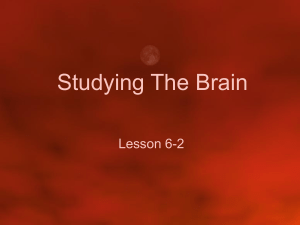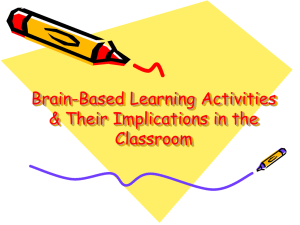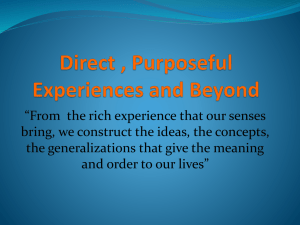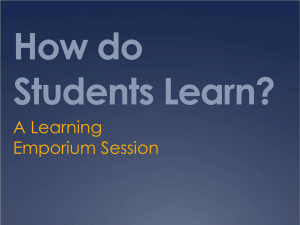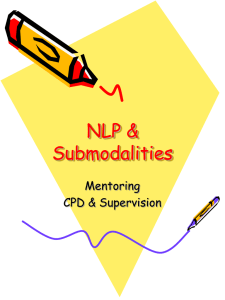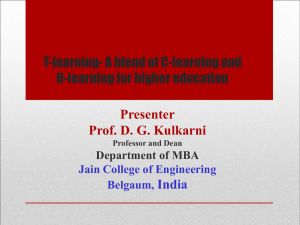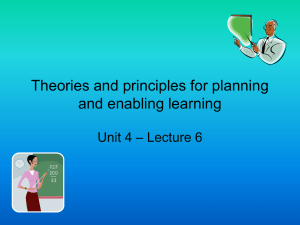Ten Key Facts about Your Brilliant Brain
advertisement
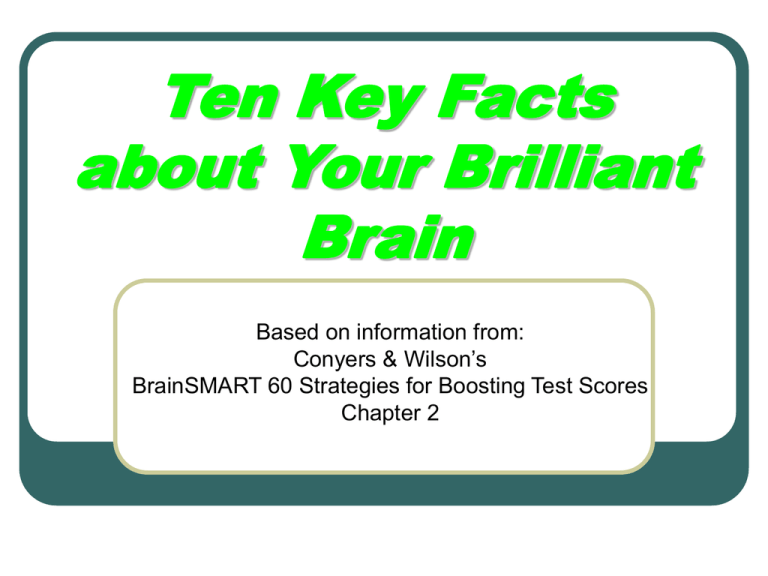
Ten Key Facts about Your Brilliant Brain Based on information from: Conyers & Wilson’s BrainSMART 60 Strategies for Boosting Test Scores Chapter 2 1. The Brain has one hundred billion neurons It’s not the size of the brain, but the connections in it! Einstein’s brain had a larger than average number of connections in it! People with advanced degrees have more connections than high school drop outs! 2. You have two hemispheres Left- linear processing, logical thought, words & numbers. Good at editing reality to fit what we already know traditional education fits left brain learners Right- visualization, movement, color, voice tone, abstract thought. Good at recording reality Most students labeled with learning disabilities are right – brained learners 3. The brain weighs three pounds. 3% of body weight, but uses 20% of Oxygen in the body The neocortex burns 400 calories each day The brain can process 1000 bits of information each second 4. There are four lobes of the brain. Frontal- planning- includes the pre-frontal lobe- which is one of the last to develop- is used for reading. Temporal lobe- speech and some memory. Occipital lobe- visual cortex & long term memory Parietal lobe- movement & touch- kinesthetic memory 5. The brain uses five senses. Eyes take in 100 million bits of data/sec. Skin- 10 million bits/second Ears- 30 thousand bits/second The more senses we use- the better learning , retention, & recall Traditional lecture teaching- works with only about 15% of students 6. Six eye positions 1. Up and left- visual retention 2. up right- visual imagination 3. side & left- auditory retention 4. side & right- auditory imagination 5. down & right- kinesthetic 6. down & left- self talk/ self dialogue These patterns may be reversed in left handed people 7. Seven chunks of info at a time Structure lessons into a max of 7 chunks Less is more The more you ask someone to remember, the more the will forget (hmmm, phone #’s are 7 numbers long) 8. There are at least 8 intelligences Remember Gardner? Interpersonal Intrapersonal Musical Spatial Bodily/kinesthetic Naturalistic Mathematical Verbal Possibly- humor and existentialist Traditional teaching- uses mathematical & verbal 9. The human brain has a 9 second attention span To sustain it- build curiosity Make learning relevant Ask questions Use variety Use emotion Use a 20 minute attention cycle- after 20- have a transition Survival instinct teaches students to look like they’re paying attention 10. Ten million books The brain can store the equivalent of the information in 10 million books. Traditional lecture- 95% of information is lost within 24 hours Using effective strategies can reduce that to 10% loss in 24 hours. Are you a traditional or an effective teacher? 10 pegs for learning Head Shoulders Heart Belly Hips Backside Thighs Knees Shins Toes one hundred billion brain cells two hemispheres Left/right three pound brain four lobesfive senses to help learn six eye positions seven chunks of information eight intelligences nine second attention span ten million books- storage
